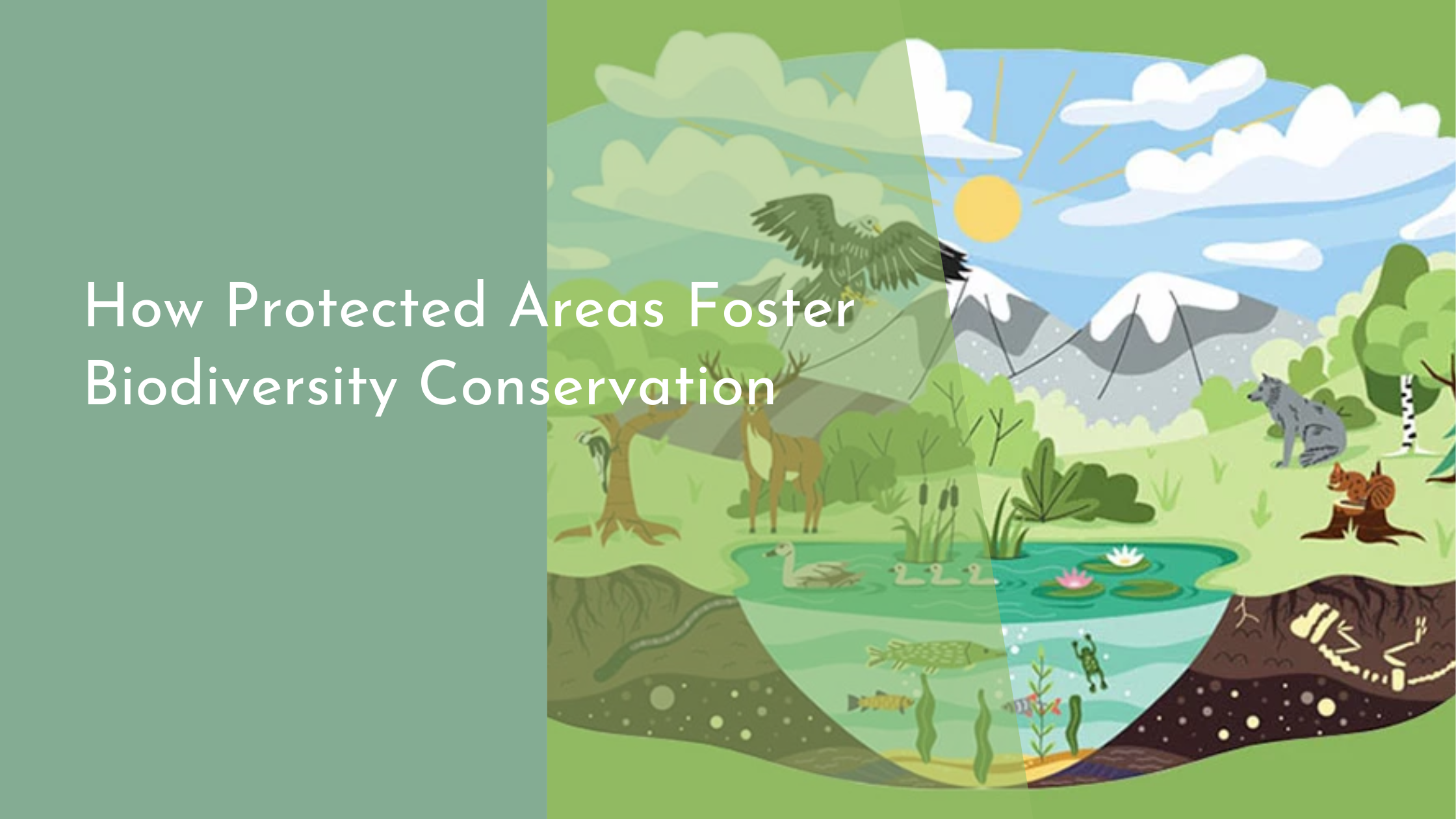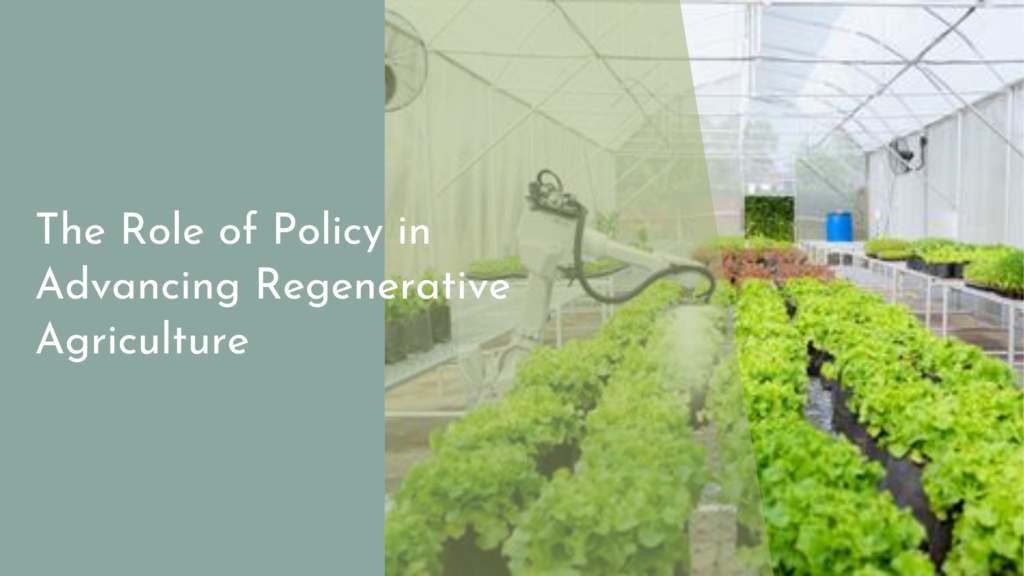How Protected Areas Foster Biodiversity Conservation
Biodiversity conservation is a pressing global concern as the natural world faces unprecedented challenges. Protected areas have emerged as a crucial strategy in safeguarding the planet’s rich tapestry of life. These designated zones not only provide sanctuary for threatened species but also help sustain ecosystem services essential for human well-being. In this article, we explore how protected areas foster biodiversity conservation by examining their roles, key features, notable success stories, and future challenges.
Understanding the Role of Protected Areas
Protected areas serve as vital refuges for flora and fauna, offering safe havens where species can thrive without the pressures of human encroachment. By demarcating zones where human activity is controlled or restricted, protected areas help mitigate habitat destruction, one of the major threats to biodiversity. These areas range from national parks and wildlife sanctuaries to marine reserves and biosphere reserves, each playing a specific role in conserving different ecosystems.
Besides protecting species, these areas also maintain ecological processes that are essential for life on Earth. For example, they preserve watersheds that supply fresh water, sequester carbon dioxide, and support nutrient cycling. By maintaining these natural processes, protected areas contribute to the resilience of ecosystems, enabling them to adapt to changes such as climate fluctuations and natural disasters. Thus, their role extends beyond mere conservation; they are integral to sustaining the health of our planet.
Key Features of Effective Conservation Zones
The effectiveness of a protected area is often determined by its size and connectivity to other habitats. Larger areas with diverse habitats can support more species and offer greater genetic diversity, essential for populations to adapt to changing conditions. Connectivity between protected areas, through wildlife corridors, allows species to migrate, find food, and reproduce, thus enhancing their survival prospects.
Another critical feature is the level of protection afforded to these areas. Effective management strategies, including anti-poaching measures and habitat restoration projects, ensure that the objectives of conservation are met. Involvement of local communities in managing these zones is crucial, as it fosters stewardship and aligns conservation goals with the needs of people. Education and awareness programs further enhance the effectiveness by building a culture of conservation within community settings.
Success Stories: Biodiversity Thriving in Reserves
The tale of the Yellowstone National Park is a notable example of biodiversity flourishing within protected boundaries. As one of the world’s first national parks, Yellowstone has demonstrated the effectiveness of conservation strategies by witnessing the successful recovery of its iconic wolf population. This reintroduction not only balanced the ecosystem by controlling elk populations but also triggered a cascade of positive ecological changes, such as the regrowth of willow and aspen trees.
Similarly, the Great Barrier Reef Marine Park in Australia showcases how marine protected areas can yield positive results. By restricting harmful activities like overfishing and pollution, the reef has been able to sustain its remarkable diversity of marine life. The park’s efforts in coral reef restoration and research development have made significant strides in protecting this UNESCO World Heritage site, ensuring its vibrancy for future generations.
Challenges and Future Prospects for Protected Areas
Despite their successes, protected areas face numerous challenges that threaten their effectiveness. Climate change is altering habitats faster than species can adapt, while illegal activities such as poaching and logging continue to pose significant risks. Moreover, insufficient funding and resources can impair the ability of protected areas to achieve their conservation goals, highlighting the need for increased investment and support.
Looking ahead, the prospects for protected areas hinge on innovative solutions and governance models. Integrating technology, like satellite monitoring and drone surveillance, can bolster anti-poaching efforts and habitat management. Furthermore, expanding protected areas and improving connectivity between them can enhance their capacity to conserve biodiversity. Collaborative international efforts, such as the Convention on Biological Diversity, underscore the global commitment to protecting Earth’s natural heritage, paving the way for a hopeful future.
Protected areas stand as bastions of hope in the quest to preserve the planet’s biodiversity. By offering safe havens for species and supporting essential ecological functions, they play a crucial role in the fight against biodiversity loss. While challenges remain, the ongoing success stories and innovative conservation strategies point to a promising future for these vital zones. As we continue to recognize the interconnectedness of all life on Earth, the importance of protected areas becomes ever more apparent, reminding us that their conservation is not just a necessity, but a shared responsibility.


